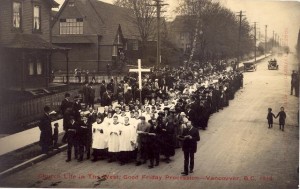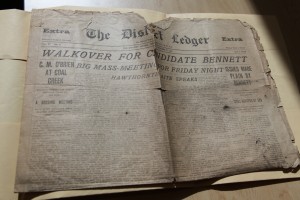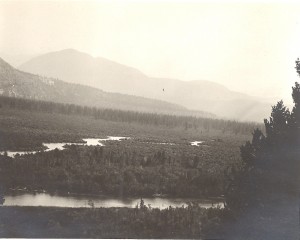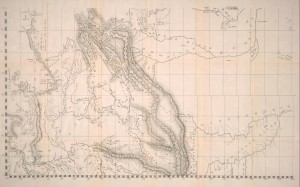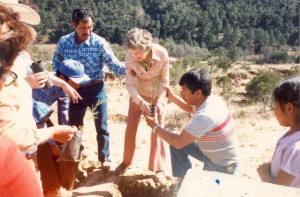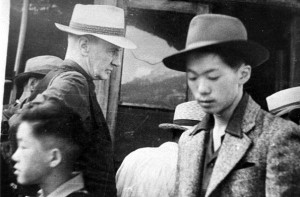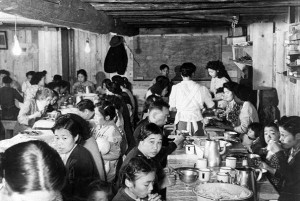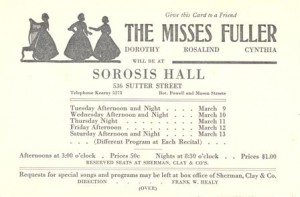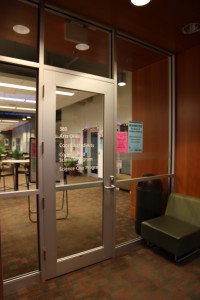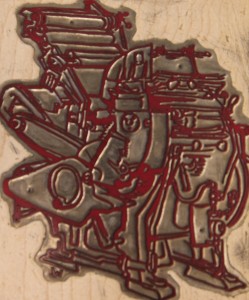Rare Books and Special Collections collects the archives of a number of British Columbian authors, all of whom have made a significant impact on literature in this province. A number of these archival collections have been updated over the past year or so (click on the name of each author to read the finding aids for the archives):
Roy Miki is an author, poet, and literary scholar, but is also well known for his advocacy work concerning redress for Japanese Canadians who were sent to internment camps during the Second World War. The addition to his archives includes records related to writing, teaching and editing, but also a significant body of research on Japanese Canadian history and the issue of redress, including photographs, research notes and audio recordings of oral histories and redress committee meetings.
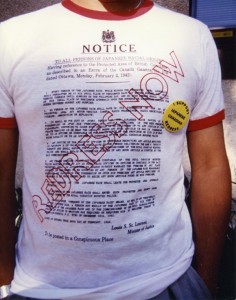
Roy Miki in "Redress now" t shirt, ID # BC-2012-696
Joy Kogawa is best known as the author of Obasan and Naomi’s Road, read in classrooms across the country. Although she currently resides in Toronto, she grew up in Vancouver before being sent to an internment camp with her family during the Second World War (the Land Conservancy of B.C. is currently preserving her childhood home). The addition to her archives includes records related to several of her novels: Emily Kato, Itsuka, Obasan, The rain ascends, Naomi’s Road, and A garden of anchors. These records include drafts in various stages, correspondence with publishers, and articles and clippings about the novels.
David Watmough is a British expat who has been living in Vancouver since 1962. He writes in a variety of mediums: poems, short stories, novels, plays, monodramas, and sonnets. Watmough has been active in the British Columbia literary scene since his arrival, and is also credited with opening the doors for gay and lesbian writers in B.C., as the first openly gay male writer in the province. The addition to his archives includes drafts of short stories, poems and sonnets- see Box 80 in the finding aid.
Finally, we have recently updated the archives of Eric Nicol, who sadly passed away on February 2 this year. Although Eric Nicol did not describe himself as a humourist, his numerous pieces of humour poked fun at Canadian politics, sports, and life in British Columbia and won him numerous Stephen Leacock awards for humour. The most recent addition to his archives includes publication and financial records, and manuscripts, for his latter books, and a wonderful collection of correspondence he wrote to his parents and friends while traveling in Europe in the 1940’s and 50’s. As his obituary in the Victoria Times Colonist read, “RIP. LOL.”
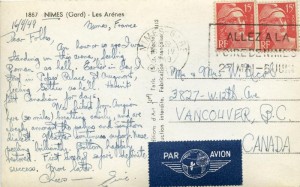
Post card from Eric Nicol to his parents, 1949, Box 44 File 2
